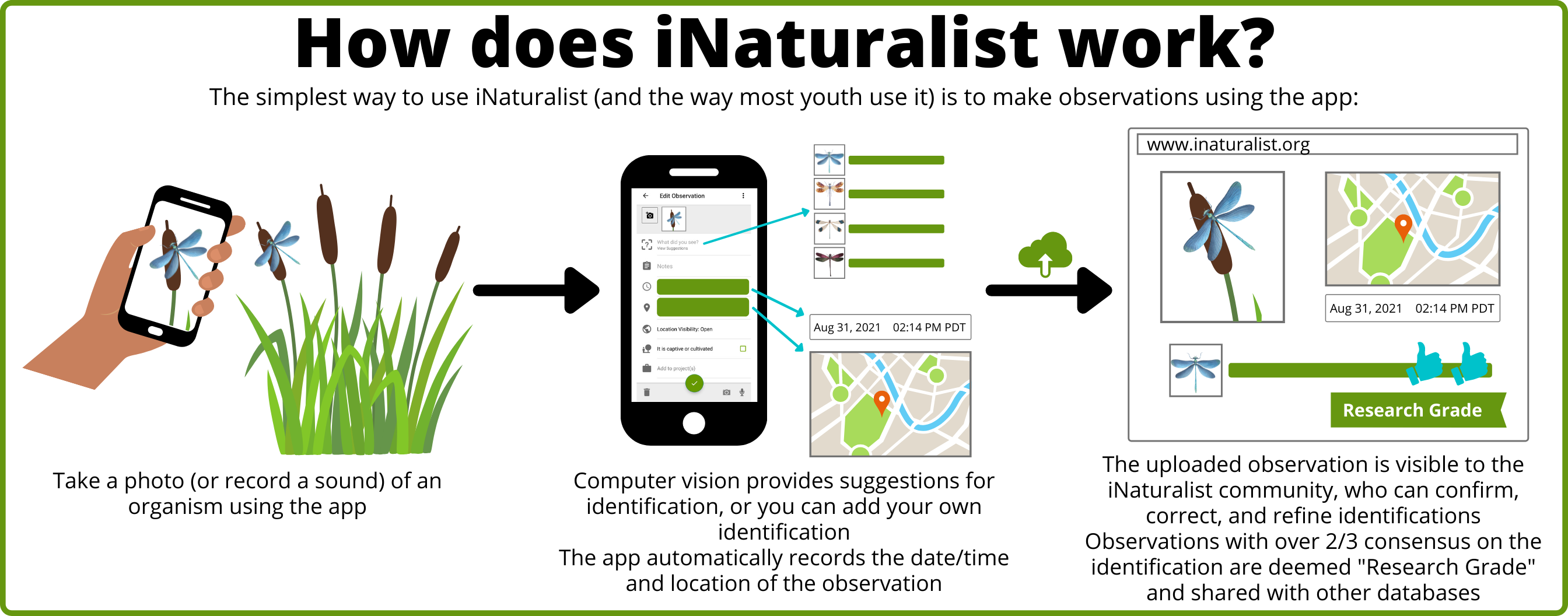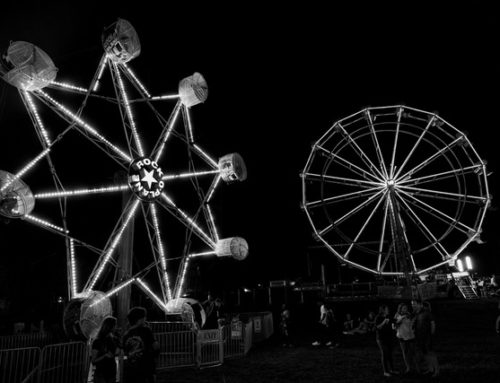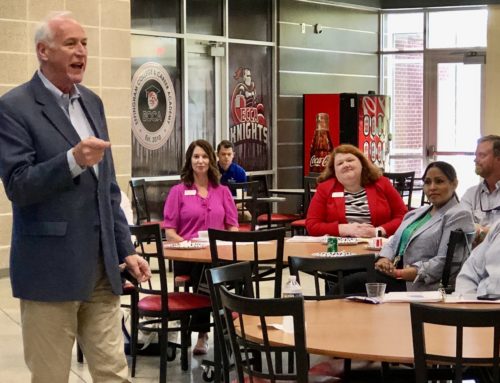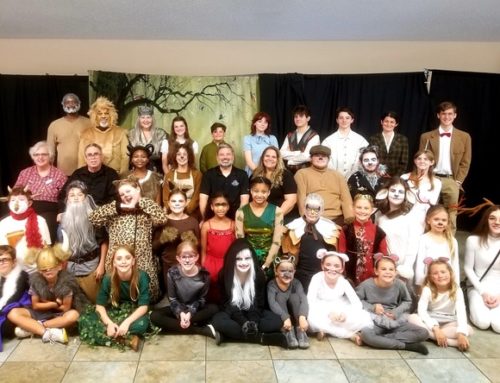Living in the Savannah-area has many perks, including the large amount of parks, squares, waterfronts, and forests to explore. The pandemic has gotten more families and nature enthusiasts to seek outdoor adventure, and with the lovely weather we have experienced this spring who can say “No” to a relaxing walk under rows of oak trees. This year residents can take this a step further by using their cameras to document wildlife for one of the largest cataloging endeavors of the digital age, the City Nature Challenge.
From April 29th through May 2nd the City Nature Challenge will be occurring in coastal Georgia in Effingham, Chatham, Liberty, Bryan, and even Jasper County in South Carolina. This event occurs every year around Earth Day, encouraging the public to help identify the plants and animals that live in their neighborhoods. This event has grown a lot, last year over 400 cities across 6 continents recorded photos that are used by scholarly research projects. Data collected through this challenge helps prioritize areas in need of preservation, invasive species management, and migration routes. The City Nature Challenge is organized on a global scale by the Natural History Museum of Los Angeles County and the California Academy of Sciences through the free app iNaturalist, developed by National Geographic and the California Academy of Sciences.

New arrival to the Pooler area, Mr. Cassell aspires to make this challenge part of his high school science classes. He says, “The last time the City Nature Challenge was organized in coastal Georgia almost 200 photos were submitted. Since I am the point-of-contact for the Savannah-area, I thought a great personal goal would be to have 2022 observations in the year 2022 across all counties. Using free programs like iNaturalist are great for those who are outside and keep asking “what kind of tree is that? What bird is at my feeder?”. iNaturalist can be done any day of the year and you can get accurate identifications in seconds.
Mr. Cassell, who has worked on Jekyll and Tybee with various research projects, says that people participating in these citizen science opportunities learn to appreciate nature better when they become immersed in it. When people hear about great wildlife locations like swarms of butterflies at a botanical garden, or a pod of dolphins at the pier, they often go the extra mile to see them in person. He is happy to include this event in the school curriculum because he wants the students to “get back outside” after being stuck in remote learning and chilly winter situations the last several years. “Students do not want to be indoors all day Monday through Friday, heck most adults do not want to be indoors all day either. If we can get all students in every coastal Georgia high school to participate in this challenge I can only imagine what cool organisms they will record on their phones”. I would also like to add that if anyone has a scout in the family, participating in the City Nature Challenge can earn them badges. Families should also contact their local parks and refuges if they are hosting any group events to look for wildlife.
The only rules of this event is that photos are of creatures that are not domesticated, and of course, safety should be prioritized. Do not pick up anything up in general, you do not want to get poison oak or animal bites. And do not go wandering off the beaten path or trespass, and remember to charge the batteries to your phone and camera. What will be the most observed animal in your county during this challenge? Only you can help answer that!












